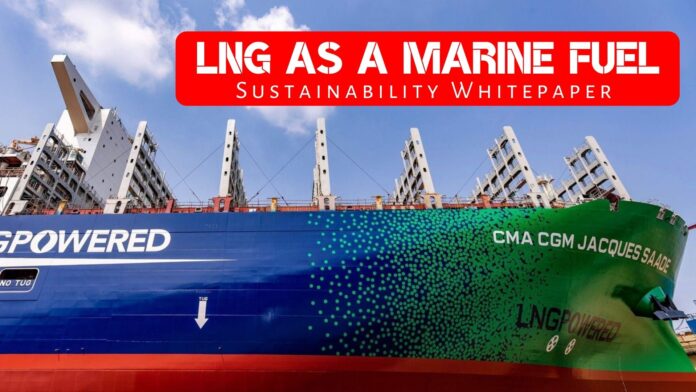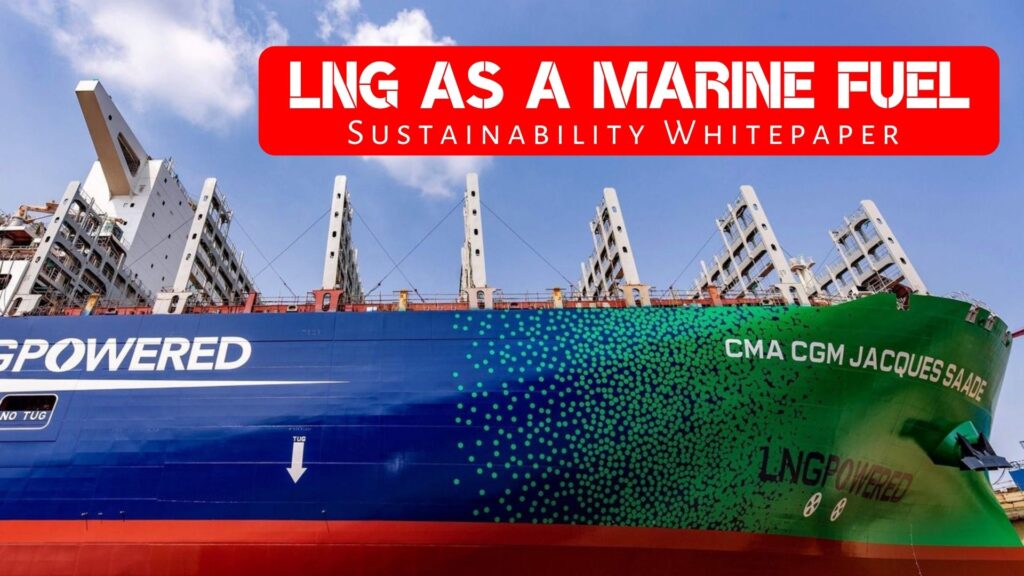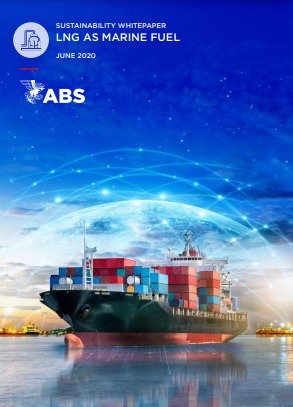
(www.MaritimeCyprus.com) The adoption of the ‘Initial International Maritime Organization (IMO) Strategy on Reduction of Greenhouse Gas (GHG) Emissions from Ships’ by IMO Resolution MEPC.304(72) in April 2018 demonstrates IMO’s commitment to support the Paris Agreement. The IMO strategy includes initial targets to reduce as compared to 2008 levels the average CO2 emissions per ‘transport work’ by at least 40 percent by 2030, aiming to pursue 70 percent reduction by 2050; and an ambition to reduce the total annual GHG emissions from shipping by at least 50% by 2050.
Technical approaches, operational approaches and alternative fuels may be used to achieve these goals. The near-term regulatory changes and the future impact of the IMO’s greenhouse gas (GHG) targets for 2030 and 2050 should be considered when making the long-term decision on fuel selection. Liquefied Natural Gas (LNG) is a relatively mature low-carbon fuel, comprised primarily of methane. Its carbon to hydrogen (C/H) ratio offers a
reduction in carbon dioxide (CO2) emissions of up to 20 percent compared to baseline heavy fuel oil.
In combination with latest technological improvements and/or operational measures, LNG may be a viable option to meet the 2030 emission reduction goals.
This paper focuses on selected practical considerations for LNG as a marine fuel and summarizes the relevant vessel design and operational aspects with reference also made to relevant technological advancements.
The information provided can support the decision-making process for future ship designs, propulsion systems, and fueling strategies. It is an overview of the key aspects considered for LNG as fuel, addressing bunkering, vessel arrangements, fuel containment, fuel gas supply systems, single gas and dual-fuel main engines.
The adaptation of LNG as fuel depends on case-specific requirements and therefore the information provided in this paper concentrates on the areas that apply broadly to LNG as fuel installations.
Click below to download the full white paper:
Source: ABS
For more articles on the use of LNG as fuel on ships, click HERE














